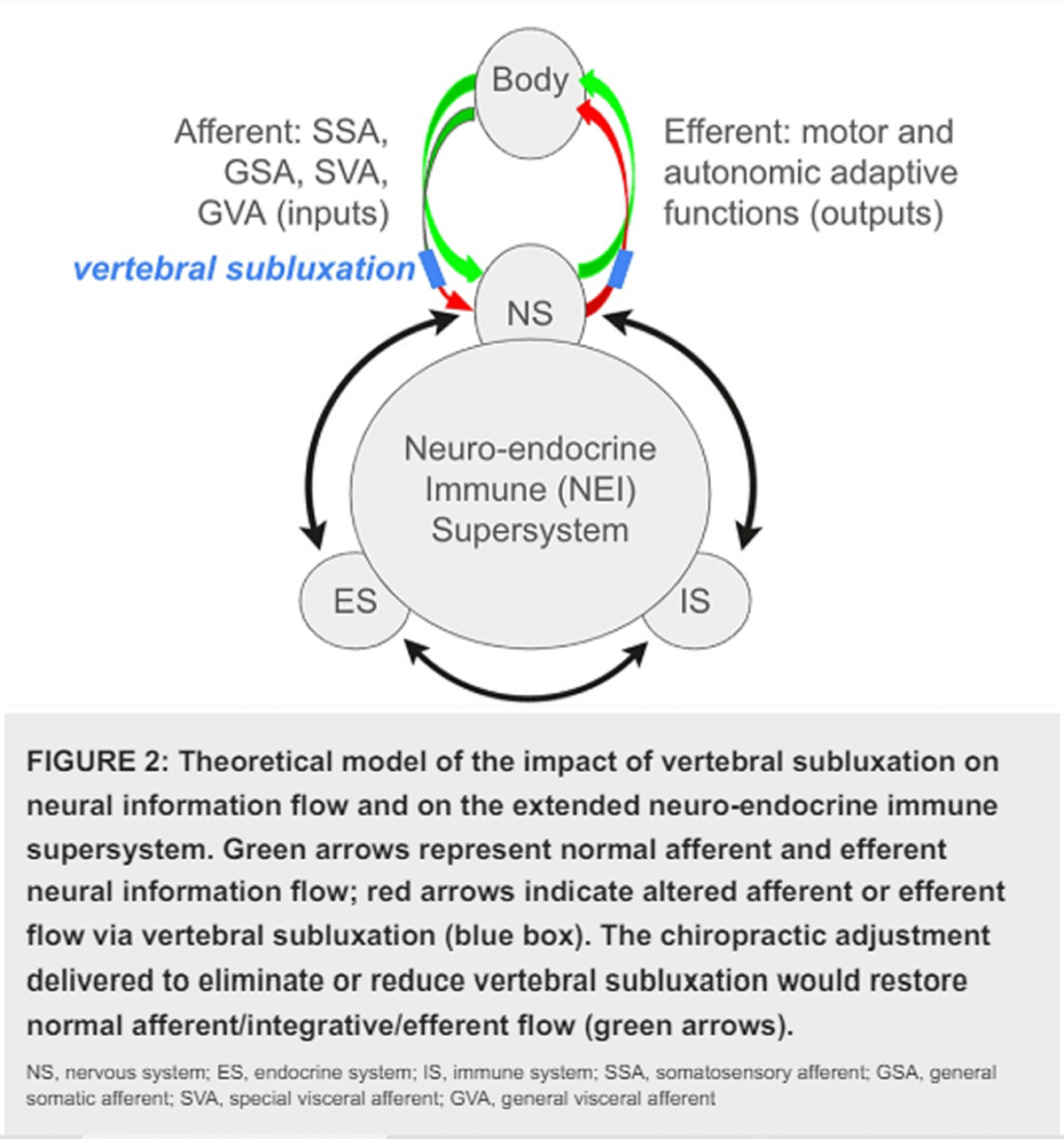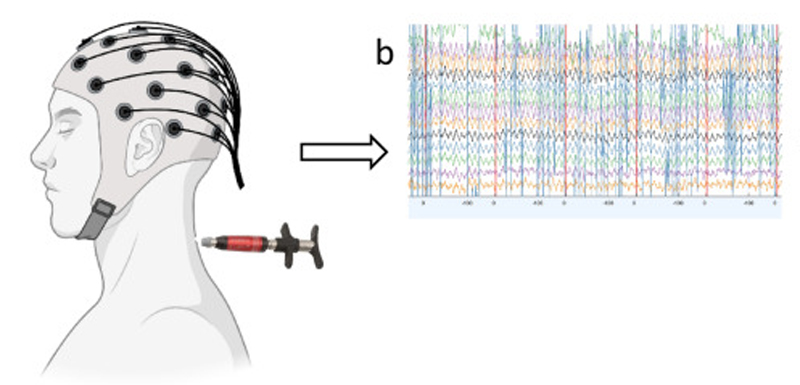Visceral Responses to Spinal Manipulation
SOURCE: J Electromyogr Kinesiol. 2012 (Mar 20)
Philip S. Bolton, Brian Budgell
School of Biomedical Sciences & Pharmacy,
Faculty of Health, University of Newcastle,
Callaghan NSW 2308, Australia;
Centre for Brain and Mental Health Research at the
Hunter Medical Research Institute,
Newcastle, Australia
While spinal manipulation is widely seen as a reasonable treatment option for biomechanical disorders of the spine, such as neck pain and low back pain, the use of spinal manipulation to treat non-musculoskeletal complaints remains controversial. This controversy is due in part to the perception that there is no robust neurobiological rationale to justify using a biomechanical treatment of the spine to address a disorder of visceral function. This paper therefore looks at the physiological evidence that spinal manipulation can impact visceral function. A structured search was conducted, using PubMed and the Index to Chiropractic Literature, to construct of corpus of primary data studies in healthy human subjects of the effects of spinal manipulation on visceral function. The corpus of literature is not large, and the greatest number of papers concerns cardiovascular function.
Authors often attribute visceral effects of spinal manipulation to somato-autonomic reflexes. While this is not unreasonable, little attention is paid to alternative mechanisms such as somato-humoural pathways. Thus, while the literature confirms that mechanical stimulation of the spine modulates some organ functions in some cohorts, a comprehensive neurobiological rationale for this general phenomenon has yet to appear.
You may also want to review our:





Leave A Comment